Rome certainly needs no introduction; the Eternal City has spanned history and is universally known. The capital of Christendom, with its wealth of history and artistic heritage, it is one of the few places in the world where a lifetime would not be enough to discover it fully. So let us try to point out ten unusual destinations compared to the must-do organized trips or DIY visits, places that are less well known but worth your time and that will restore your awareness of how rich Rome is outside and inside the walls. Nothing to recriminate about a visit to the Colosseum, but let’s try to give hints also for those who feel like going back and seeing more.
If you’re in Rome and your passion for Franz Ozpetec’s films drives you all the way to Via Ostiense in search of the Gazometro in Le Fate Ignoranti, then you can silence your fellow travelers for taking this detour by showing them what Rome also offers in this neighborhood: the second exhibition center of the Capitoline museum system, the Montemartini power plant Museum. Even so decentralized from renowned and emblazoned cultural venues, one can visit a museum of antiquities with the element from the surprise of the place: an early 20th-century thermal power plant decommissioned in the 1960s. The combination was fortuitous and of necessity: in 1997 this huge space restored by the power company as a piece of industrial archaeology was bravely used to temporarily display classical artworks whose spaces at the Capitoline Museums would be affected by restoration. From temporary, the placement became permanent, and so we can wander in the Art Nouveau style, among turbines and steam boilers, of these halls set up to show us mosaics, statues, marble and iron, bas-reliefs, machines and gods that tell us about the development of Republican Rome to late imperial Rome. Impressive is the mammoth mosaic with hunting scenes measuring 15 meters by 9 meters, from the early fourth century A.D., with the colored marble and limestone tesserae and glass pastes, and equally important is the cycle of statues that decorated the pediment of the temple of Apollo Sosianus. But these are not the only works that will amaze.
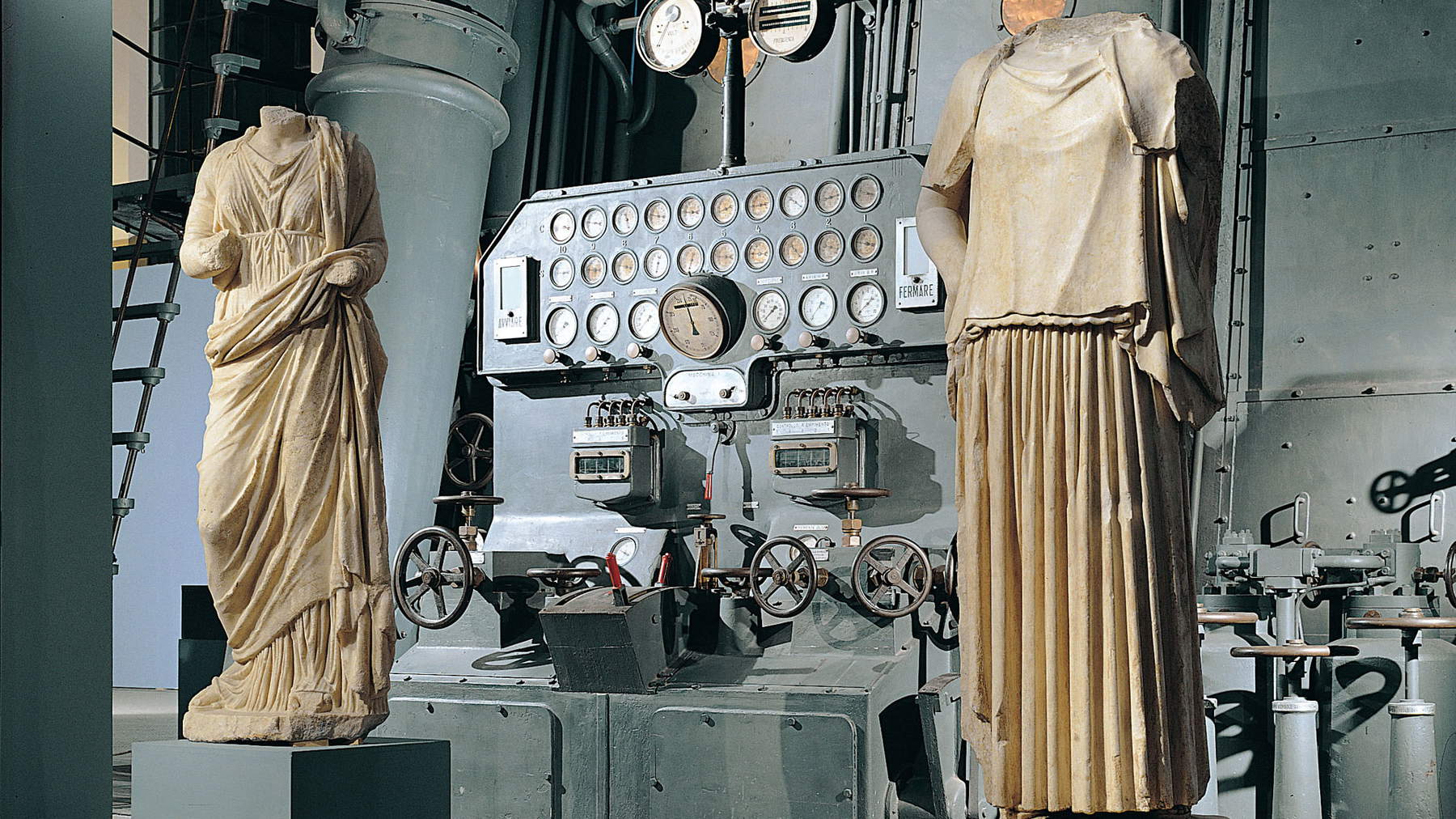
In the great archaeological area of the Imperial Forums is an important complex of buildings that exemplifies the great design and architectural and engineering mastery of the Romans. Built on several levels, with a peculiar exedra shape and with innovative techniques in the construction by going to the slopes of the Quirinal Hill exploiting and playing with raised planes, unevenness and spaces, the Markets of Trajan constitute a unicum and at the same time a summa of their ability in this field. Precisely for this reason, in 2007 it was decided to open in these spaces the Museum of the Imperial Forums: a museum of Roman architecture that makes people discover the ways of building in antiquity with placement of exhibits in full-size reconstructions in order to appreciate the decorative and symbolic apparatus of the structures in their original context. This is also done with the help of multimedia forms of visitation that fully render the complexity of the Roman building site. In the heart of the city of Rome, in what was intended to be a set of monumental squares that were built over the course of a century and a half, Trajan’s Markets were a place of ancillary services and activities to Trajan’s Forum such as warehouses, stores, and administrative offices, which over the centuries evolved urbanistically and architecturally fulfilling various functions and transforming as it went along.

With its dome soaring over the rooftops of Rome, the second tallest and widest in the city after St. Peter’s, the basilica of Sant’Andrea della Valle is a rich custodian of great works of art spanning multiple centuries of history, but it is the Baroque style that has its splendor here and takes over so much that it is among the greatest examples of it in the entire city. Consecrated in 1650 after sixty years of work by Giacomo Della Porta, Francesco Grimaldi, and Carlo Maderno at the behest of Duchess Costanza Piccolomini, it houses the funerary monuments of the family’s two popes, Pius II and Pius III, inside. To the monumental church in the following decade the facade was modified with the imposing realization of the one we see today by architect Carlo Rinaldi: all in travertine with a very jutting decorative apparatus that unleashes an intense play of light and shadow that emphasizes its features to the eyes of the passerby. An effect that before the creation of the square in front was greater due to the shorter viewing distance of the street. The Latin-cross church with a barrel-vaulted nave and eight interconnecting side chapels with a rectangular plan, followed by two circular vestibules, is richly decorated with Baroque frescoes and ornamentation. Not to be missed inside are Domenichino’s frescoes and Giovanni Lanfranco’s decoration of the dome with theAssumption of the Virgin , inspired by that which his countryman Correggio painted on the dome of Parma Cathedral.

Totally incorporated and embedded among other buildings, in Rome we find a splendid legacy of Byzantine gold mosaics in one, albeit hidden, of the city’s most revered churches in that inside it there would be a well, now covered by a porphyry disk in the middle of the cosmatesque-style floor, inside which is collected the blood of two thousand Christian martyrs that the Saint to whom the Basilica is dedicated had provided for burial (moved from the catacombs of Priscilla). This is the basilica of St. Praxedes, whose origins are lost in the early days of Christianity in that it is dedicated to the daughter of Senator Prudentius, the first Roman convert to St. Paul in the first century. Beneath the present church are the remains of Prudente’s family villa and the baptistery that Prassede had built on it, but the appearance of today is due to Pope Paschal I, who in the year 870 promoted the rebuilding of the building. The façade gives onto an uncovered courtyard, traceable to early Christian custom, on three sides of which it is surrounded by inhabited buildings, and in front of it an entrance hall opens into the building with a flight of steps leading to Via San Martino ai Monti, where a Romanesque barrel-vaulted porch opens. This entrance is closed and access is from Via Saint Praxedes. The Chapel of San Zenone is the most important Byzantine-style site in Rome. Also noteworthy are the triumphal arch mosaics in the apse that date from the 9th century.
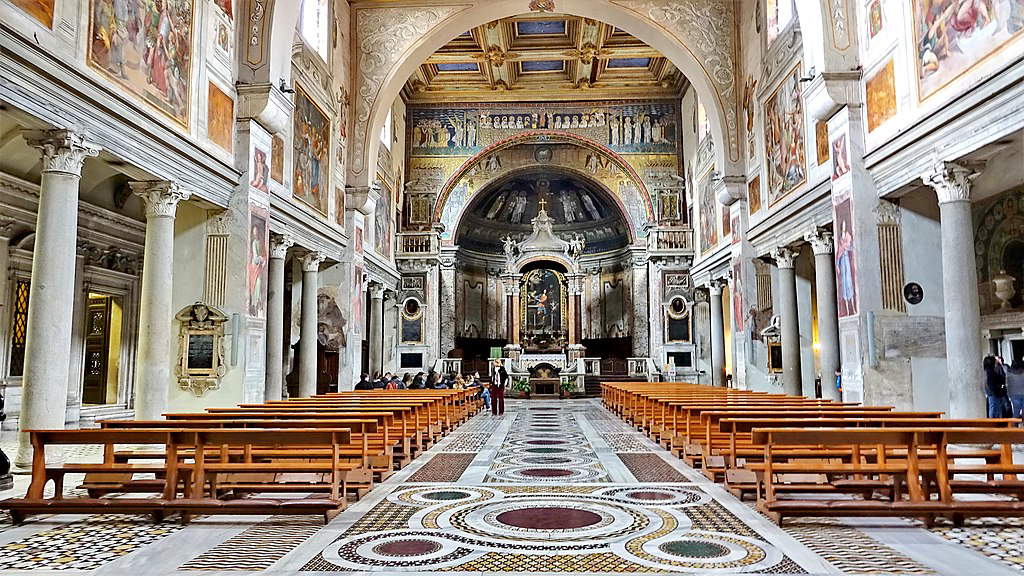
Three masterpieces by Rubens, a miraculous fresco, a painting by Guido Reni that has entered the iconography on Filippo Neri, and a marvelous chapel (precious marbles, semiprecious stones, and mother-of-pearl) dedicated to the saint who is popularly called “Goofy the Good” by the Romans for his work in assisting needy pilgrims who arrived in the capital of Christendom from all over. This and much more can be found inside the church of Santa Maria in Vallicella, which is inextricably linked to the figure of St. Philip Neri to whom it was entrusted by Pope Gregory XIII and which to this day is the headquarters of the Confraternity of Pilgrims and Convalescents, a work born of the “second Apostle of Rome.” The church was rebuilt with work beginning in 1575 with Pietro Bartolini of Città di Castello and finished in the first decade of the 17th century. The interior is richly decorated going against the wishes of the saint who when alive expressed a desire for simple and sober environments. On the high altar we have an altarpiece by Rubens, Angels in Veneration of the Virgin Mary that is commonly considered a masterpiece, flanked by two other canvases of his depicting saints. The three naves are vaulted, and on the dome and apse are frescoes by Pietro da Cortona. The miraculous fresco depicts a Madonna and Child who once struck by a stone gushed blood and became an object of devotion. So much so that it became the protagonist of a second miracle when, tradition tells us, during the celebration of a Mass a part of the roof collapsed and was supported by the hand of the Mother of the Church without hitting the faithful below.
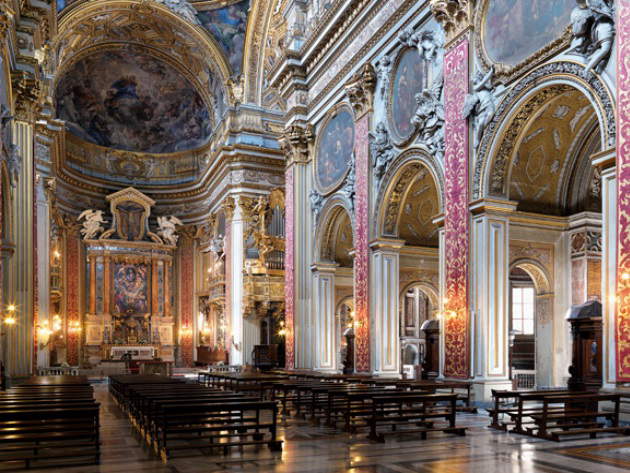
Santo Stefano al Celio is the first circular church in Rome, erected in early Christian times in honor of the first martyr of Christianity. Tucked between walls and a garden, it is entered through a five-arched portico postern. Once inside one sees the altar in the center, surrounded by a row of 22 Ionic columns arranged in a circumference with a diameter of 22 meters and as high as 22 meters.The second ring is formed by 36 columns and eight T-shaped pillars from which the walls that divided the third ring into as many areas that became chapels started. Four of them deeper than the other four alternating formed the Greek cross plan also given by the interplay of spaces and volumes consisting of the planes above the 4 arms of the church higher than the other 4 areas. On the interior perimeter walls there is a triumphal (and also bloody) epic of the martyrs with 34 frescoes attributed to Niccolò Circignani known as the Pomarancio and Matteo da Siena where the atrocious punishments inflicted on the martyrs are depicted in detail.

In an imperial, renaissance and rationalist Rome also finds its place a neighborhood outside, deliberately, all the schemes, which leads the passerby to a modernity made up of contaminations of all the styles of the past: the Coppedè quarter. From the flair and genius of the architect-decorator who designed in the early twentieth century the agglomeration made up of 26 mansions and 17 cottages: the Florentine Gino Coppedè. Bas-reliefs, raised floors, balconies, projecting bodies, loggias, aedicules, towers, arches in an interplay of shapes and colors, stained glass windows and carved wood, sculptures and fountains, in his harmonious tangle of artistic and architectural styles influenced from Art Nouveau to Art Nouveau, from classical art models to Baroque Coppedè had envisioned this neighborhood as for consular headquarters and embassies, for the upper middle class. Palaces and cottages named after animals or fairies. Located in the Nomentano district, nearby is the famous Piper, from which the Beatles came out after a concert and jumped into the Fountain of Frogs.
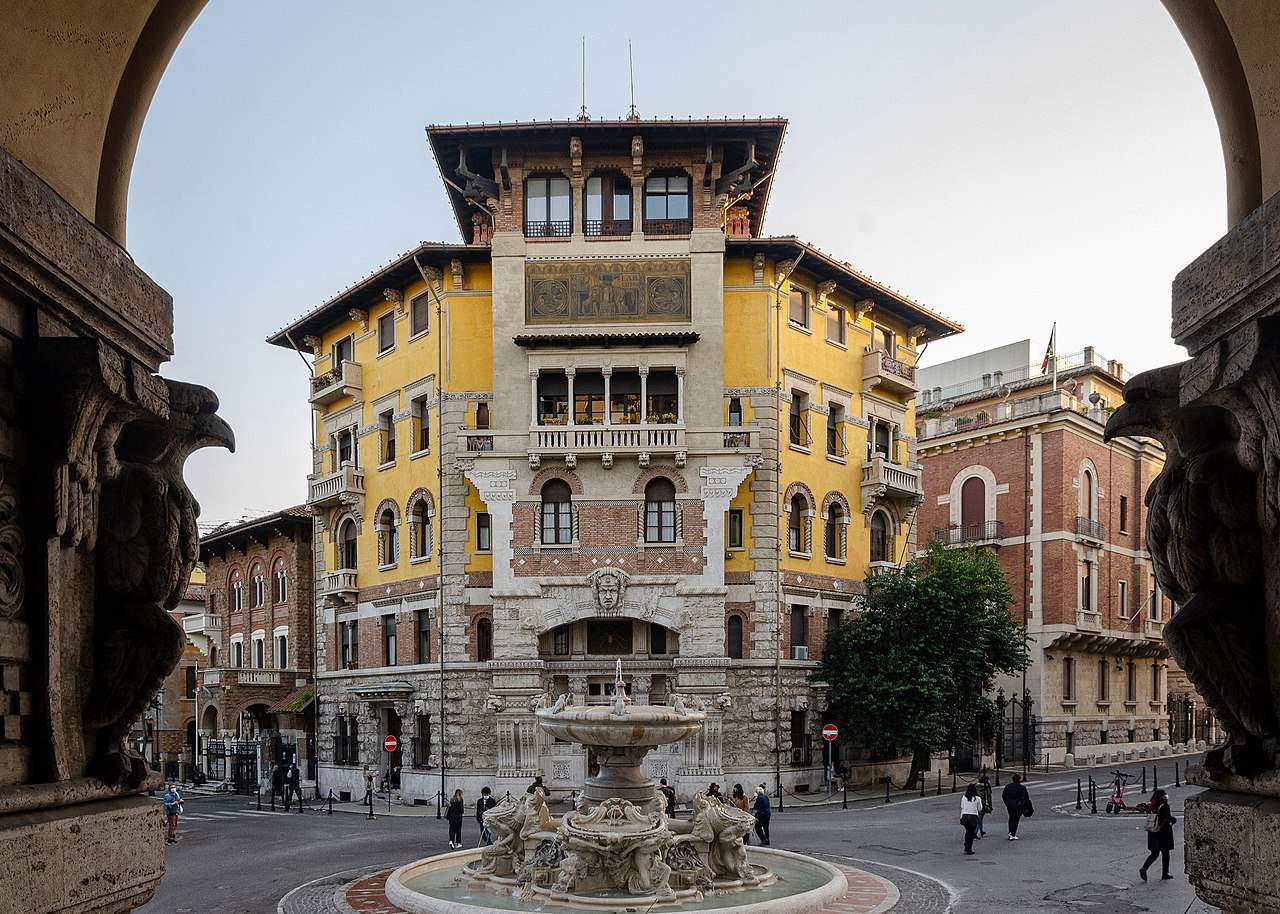
Of the splendid St. Mary of the Garden Finestre sull’Arte spoke a few years ago with a detailed reportage: so we try here just to give some hints to entice a visit to this place off the classic tour operator ’s routes but which amply deserves to be known. We are in Trastevere and in the area where it now stands there were vegetable gardens, hence the name, and its construction in the late fifteenth century (which lasted over 70 years) was due to the Christian veneration of a miraculous image of the Madonna. The initial plan called for a Greek cross shape, which, however, Guidetto Guidetti, a pupil of Michelandelo, modified to a classical Latin cross with three naves. The glittering Baroque that can be admired inside has its climax in the oratory. It is the church of the. workers of Rome: in fact, it has popular origins and was built by their ancient guilds, the “trade associations” of the past.
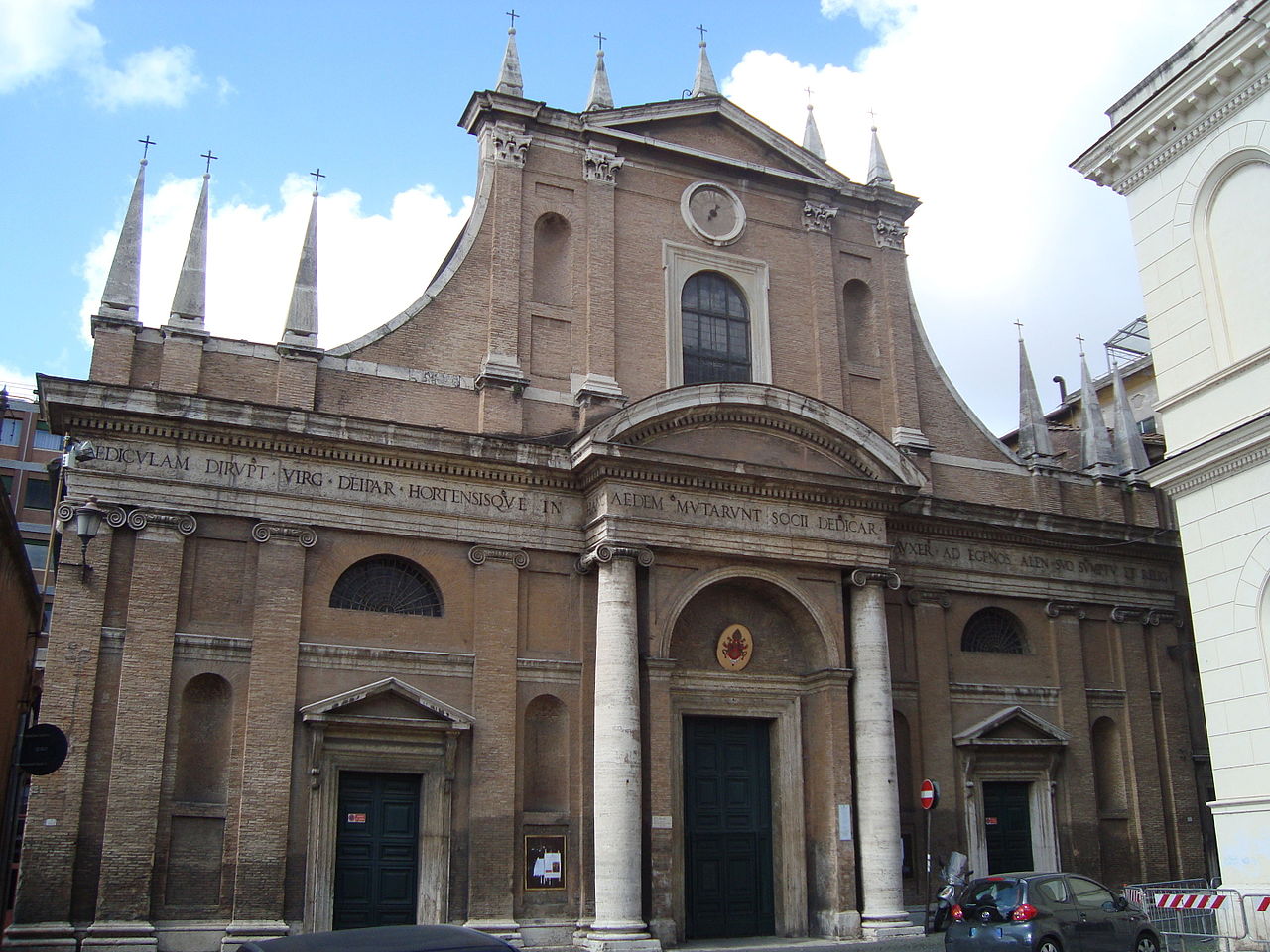
The opulent Villa Torlonia with its park and buildings is now open to the public after restoration and redevelopment by the City of Rome in the 1970s, which in its work of enhancement made the Casina delle Civette the home of a museum dedicated to artistic glassmaking. An almost natural vocation given the splendid and unique stained glass windows that can be admired here. What we see today is a bizarre little building, with sloping roofs so steep as to be like those of the farthest Nordic countries while being in hot Rome, with unusual shapes and daring juxtapositions, in which the use of glass stands out above all else with uniquely designed and colored windows, the works of great artists who took turns for 15 years at the beginning of the 20th century: Cesare Picchiarini on designs by Duilio Cambellotti, Umberto Bottazzi and Paolo Paschetto. The original design of the Casina delle Civette was by Giuseppe Jappelli in 1840, which was followed by transformations in the 1920s by Vincenzo Fasolo with an Art Nouveau layout, and at the behest of Prince Giovanni Torlonia we owe the eclectic decorations with marble, stucco, majolica, wrought iron and precisely the famous stained glass windows. The museum has gathered a collection that enriches its contents and makes it unique.
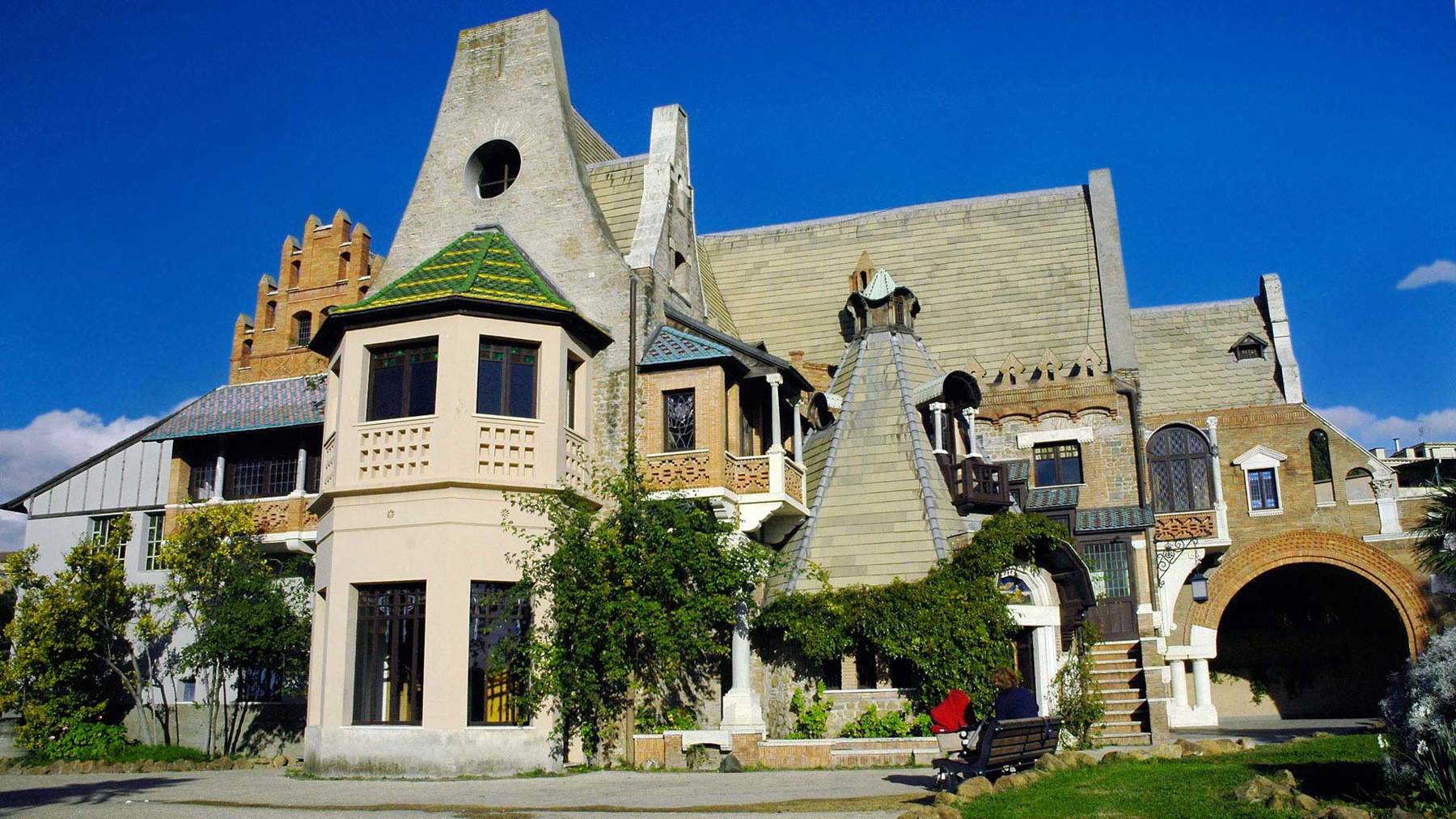
In Rome it can also happen to find yourself in a street with an all-London flavor, with the classic two-story terraced houses one attached to the other but all different colors, with the wooden front door and the three steps descending to the street through the wrought-iron gate. That’s what happens at Bernardo Celentano Street, a 200-meter pedestrian walkway connecting Via Flaminia to Via Vignola with 13 cottages on each side. We are outside the center and the idea of pulling up British style houses was, by architect Quadrio Pirani, by the Anglo-Italian mayor Ernesto Nathan around 1910 when, with the drafting of the new Regulatory Plan, he wanted to try with urban and architectural experiments to make Rome a capital city with a European breath. Thus emerges an extemporaneous and out-of-context corner of the city that like other situations make this city rich and varied.
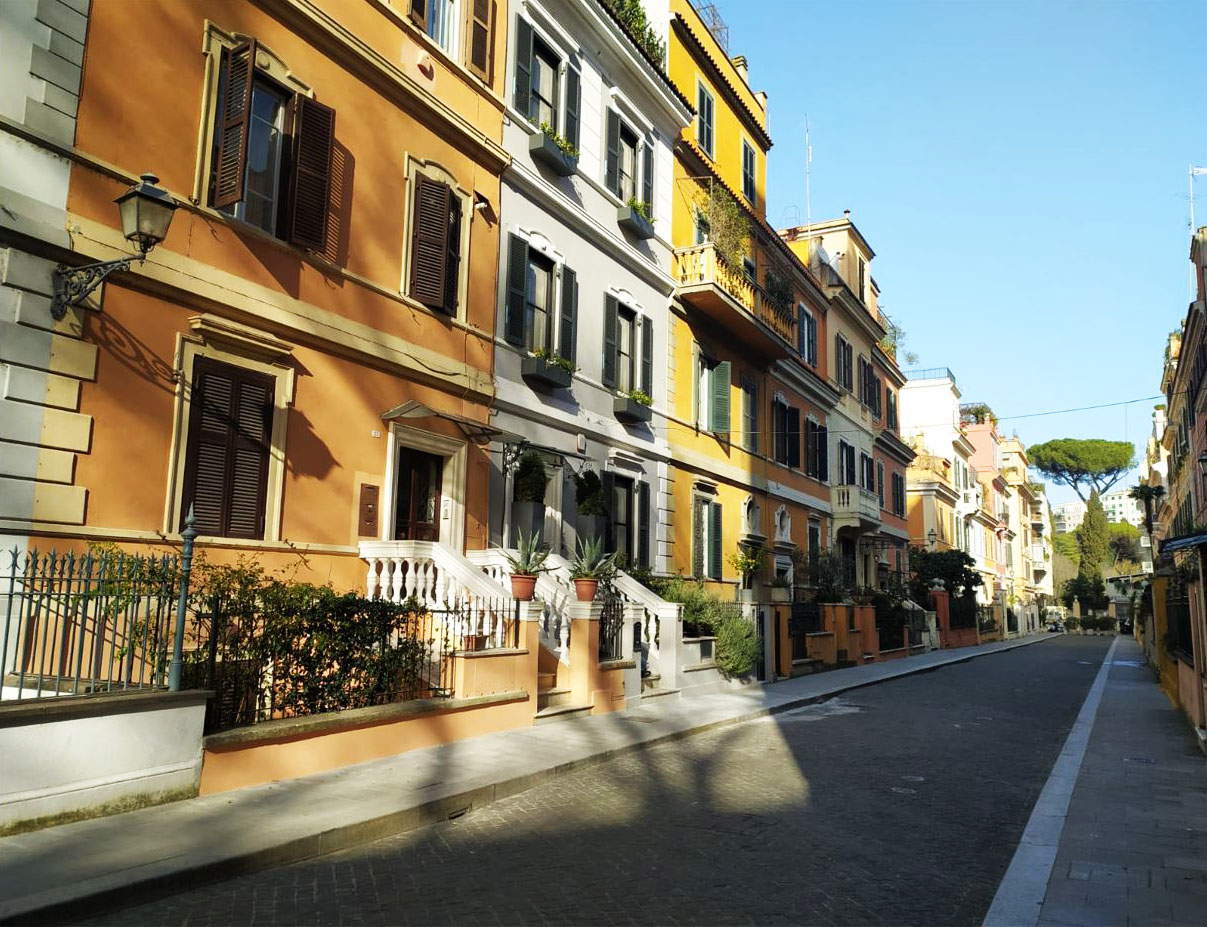
 |
| Rome, 10 unusual places far from mass tourism |
Warning: the translation into English of the original Italian article was created using automatic tools. We undertake to review all articles, but we do not guarantee the total absence of inaccuracies in the translation due to the program. You can find the original by clicking on the ITA button. If you find any mistake,please contact us.